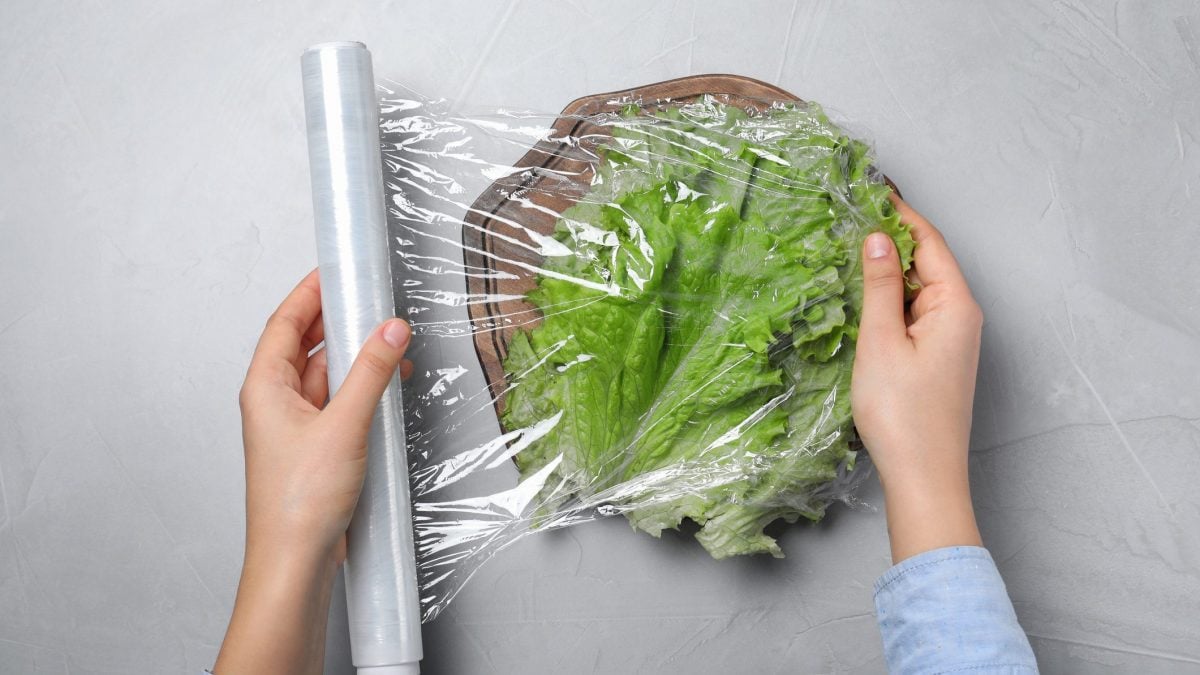
We have many best friends in the kitchen: from utensils to containers to appliances. And one of our favorites – and also one of the most used – is definitely cling film. As we all know, there are two types: cling film and aluminum film.
In recent years, both have been the subject of discussion due to their potential harmfulness. However, if used conscientiously, we can be sure we're not running any risks. Let's look together at how and when to use plastic wrap and aluminum foil.
When Should You Use Cling Film?
Cling film is one of the most widely used tools in the kitchen: whether for preserving food or protecting dough from air while it rises, it can adapt to any shape or size. Made of polyethylene (PE) or polyvinyl vinyl chloride (PVC), it isn't always used in the best possible way. In recent years, it has even been shown to be potentially harmful, but if used correctly, depending on the temperature and type of food, there is no risk to our health.
Cling film is generally not suitable for contact with warm or hot foods. It should not be used at high temperatures: PVC film cannot withstand temperatures above 210°F/100°C, while polyethylene film has a maximum temperature of around 140°F/60°C. It is particularly suitable for storing foods in the refrigerator such as fruit, meat, fish and vegetables: compared to aluminium, it can remain in contact with food for much longer. In general, it should not be used in the microwave or in contact with fire because it is highly flammable; however, there are also films that are suitable for use in the microwave, as long as it is specified on the label.

When Should You Use Aluminum Foil?
It is a long, thin sheet of paper organized into rolls of varying lengths. Today, it is made entirely of metal, unlike in the early days when tin was used —hence the name "tin foil," which is now obsolete.
Metal is a material with high thermal conductivity, which is why it can be used at high temperatures. Just think of cooking in foil, where the food is completely covered in aluminum foil. In general, it is often used for oven cooking to ensure that the heat is distributed evenly and thus prevent the dish from cooking, or burning, on only one side.
It is particularly suitable for preserving foods that need protection from light, odors, and humidity. As recommended by the Ministry of Health, it is not recommended for wrapping acidic or very salty foods such as lemon, fruit, tomatoes, and anchovies: contact with acid and salt may release metal particles. Furthermore, it is not suitable for covering foods at room temperature for more than 24 hours (with the exception of dry solid foods such as legumes, coffee, chocolate, spices, and dried pasta); it is therefore recommended to place the food in the refrigerator after 24 hours.

;Resize,width=767;)
